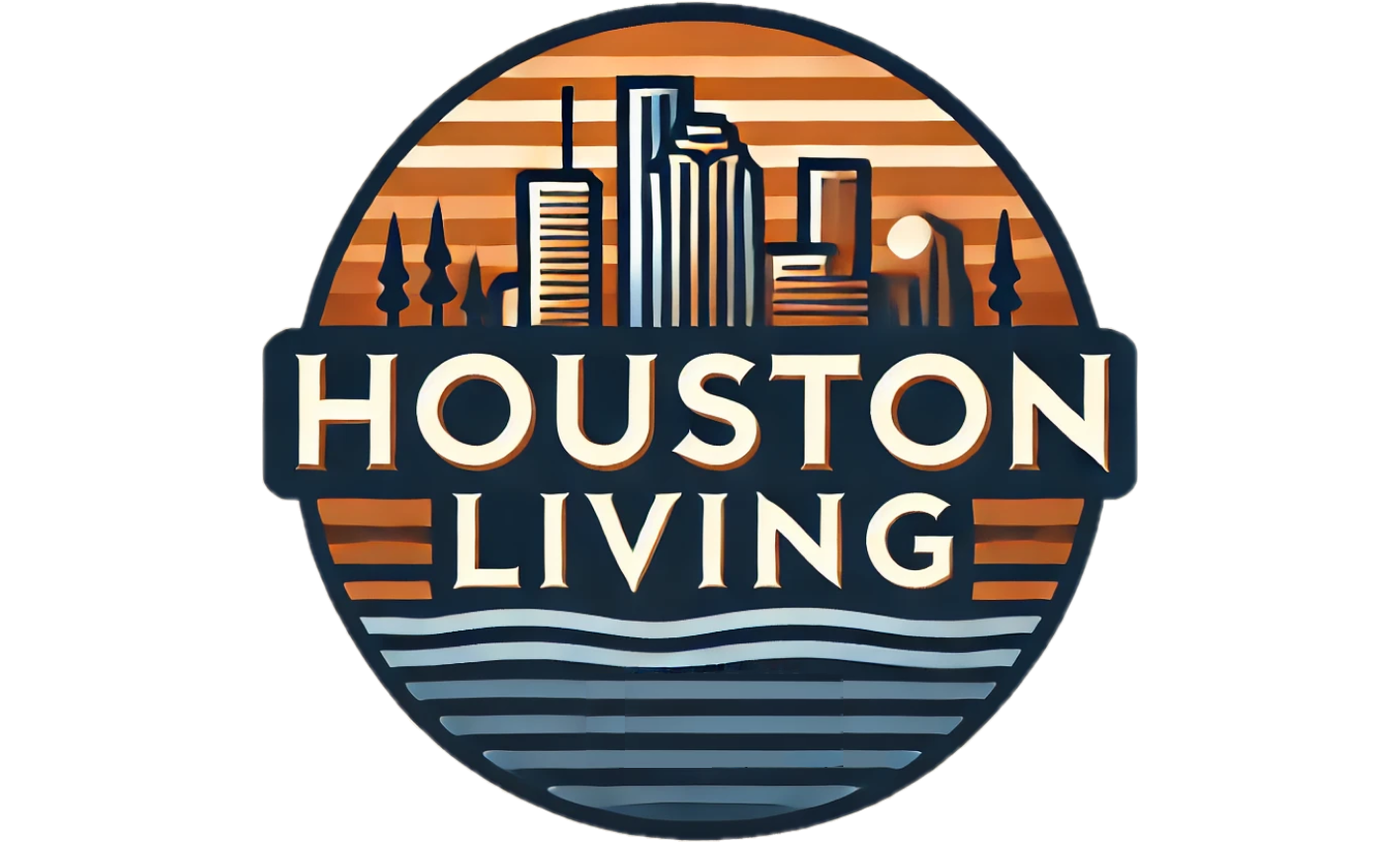
Understanding Breast Cancer: More Than Just a Lump
Breast cancer is a term that often brings to mind the image of a lump or bump in the breast. However, these aren’t the only indicators that could signify the presence of cancer. As highlighted by Dr. Meghan R. Flanagan and Dr. Monique Gary, symptoms may manifest in numerous forms and also vary per individual. At the same time, it’s crucial to remember that many do not experience clear symptoms in the early stages. Thus, awareness and regular screenings are essential.
Spotting the Seven Early Symptoms of Breast Cancer
1. Noticeable Lumps: While lumps are the most common symptom people associate with breast cancer, not all lumps are cancerous. Dr. Carmen Calfa emphasizes the importance of monitoring any firm lump, especially one that persists beyond your menstrual cycle. If it doesn't go away, seeing a medical professional is essential.
2. Breast Asymmetry: Many people have naturally asymmetrical breasts. However, if you notice a new asymmetry, such as one breast noticeably larger than the other, it could be a signal of underlying concerns. Dr. Calfa notes most breast cancers occur in one breast only, not bilaterally.
3. Shape Changes: Changes in breast contour, including dimpling or thickening of the skin, should not be overlooked. Breast shape naturally evolves due to various factors, including aging and hormonal changes. However, any significant alterations could warrant a medical examination.
4. Nipple Discharge: Any unexpected discharge from the nipple, especially if it is bloody or clear, may indicate a problem. This is not always a straightforward symptom and varies based on the individual.
5. Pain or Discomfort: Unexplained pain in the breast or nipple should be checked. While pain isn’t the most common symptom of breast cancer, it’s still a sign that should not be ignored.
6. Nipple Retraction: A nipple that has changed position or has turned inward can also be a warning sign. This change can be tied to underlying conditions that should be evaluated quickly.
7. Skin Changes: Changes in the breast skin, such as redness, dryness, or a texture similar to orange peel, are abnormal and should be assessed. Such symptoms can indicate inflammatory breast cancer or other serious conditions.
Why Awareness Matters in Breast Health
Many people underestimate the importance of being aware of how their breasts typically appear and feel. Being familiar with your body can help you identify any concerning changes more quickly. According to resources from the American Cancer Society and the Mayo Clinic, timely recognition of these symptoms can directly impact treatment outcomes.
Recommended Screening Guidelines
Health experts recommend that individuals aged 40 and older, or those at high risk, should undergo regular mammograms and clinical exams. These screenings remain vital, as detecting breast cancer early increases the success rate of treatment. In conjunction with mammograms, personal awareness of symptoms is equally important.
Empowering Yourself Through Information
Read up on holistic and natural health tips that support breast health, including maintaining a balanced diet and incorporating immune-boosting foods. These can help create a supportive environment for overall wellbeing. Engaging in healthy lifestyle habits, from regular exercise to stress relief strategies, not only aids in breast health but also contributes to a stronger immune system.
Take Action for Your Health Today
Don't hesitate to share your observations with your healthcare provider. Open dialogues about breast health pave the way for informed decisions. With awareness, early intervention can occur, leading to better results in breast cancer management. Empower yourself with the knowledge and resources available, ensuring your journey toward health and wellness is an active one.
 Add Element
Add Element  Add Row
Add Row 



Write A Comment